Texan cinema has made a significant mark on the landscape of American film, blending regional flavour with diverse storytelling. From the sprawling landscapes of the Lone Star State to the vibrant cities like Austin and Houston, Texas provides a rich tapestry for cinematic exploration.

One of the most notable aspects of Texan cinema is its portrayal of the state’s unique culture and heritage. Films like “Giant” (1956) and “The Last Picture Show” (1971) captured the essence of Texas life, depicting themes of family, tradition, and the clash between old and new ways. These films not only showcased the Texan landscape but also delved into its social and economic dynamics.
Moreover, Texas has been a breeding ground for visionary filmmakers. Directors like Richard Linklater, Robert Rodriguez, and Wes Anderson have all emerged from the Texan filmmaking scene, each leaving an indelible mark on cinema with their distinct styles and narratives. Linklater’s “Slacker” (1991) and “Boyhood” (2014) epitomize his unique approach to storytelling, while Rodriguez’s “El Mariachi” (1992) exemplifies his knack for inventive filmmaking on a shoestring budget.
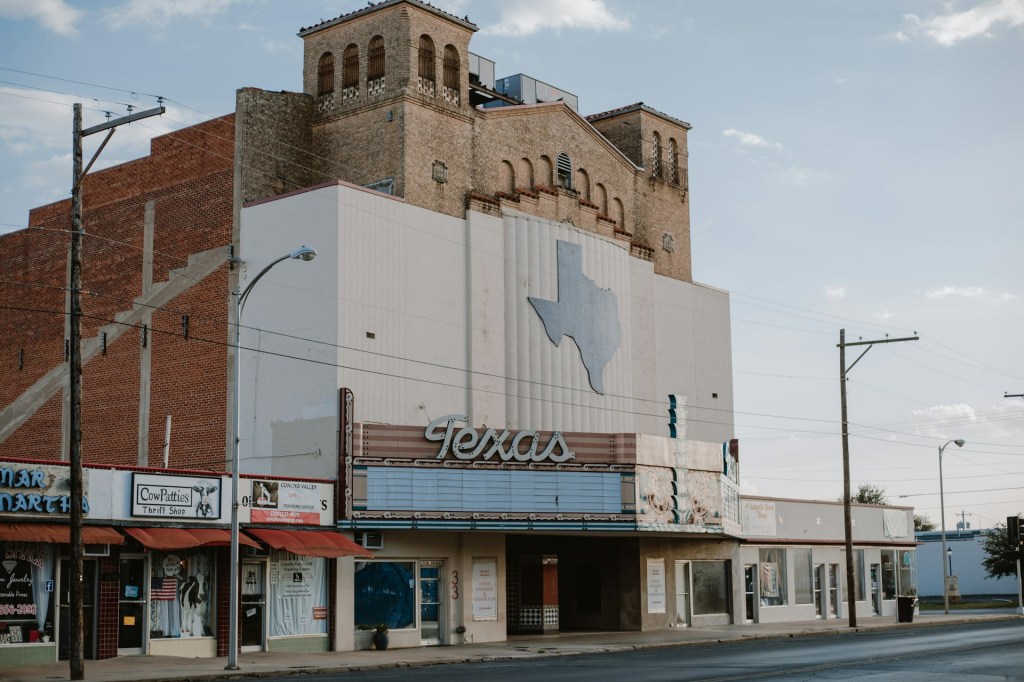
Furthermore, the annual South by Southwest (SXSW) Film Festival held in Austin has become a major platform for independent filmmakers, showcasing the diversity and creativity of Texan cinema to the world.
Directed by the Coen Brothers, this gripping neo-western follows a hunter who stumbles upon a drug deal gone wrong, leading to a relentless pursuit by a ruthless hitman. Set in the vast landscapes of Texas, it explores morality and fate.
Boyhood (2014)
Filmed over 12 years by Richard Linklater, “Boyhood” is a unique coming-of-age drama that chronicles the life of a young Texan, offering an authentic portrayal of growing up and the passage of time.
The Texas Chain Saw Massacre (1974)
A landmark in horror cinema, Tobe Hooper’s classic follows a group of friends who encounter a family of cannibals in the Texas countryside. It’s known for its intense atmosphere and iconic villain, Leatherface.
Friday Night Lights (2004)
Based on H.G. Bissinger’s non-fiction book, this sports drama directed by Peter Berg explores the intense world of high school football in Odessa, Texas. It delves into the pressure, dreams, and conflicts faced by the players and the community.
Dazed and Confused (1993)
Richard Linklater captures the spirit of the ’70s in this coming-of-age comedy set on the last day of high school in a small Texas town. With a talented ensemble cast, it explores the various experiences and challenges of adolescence.
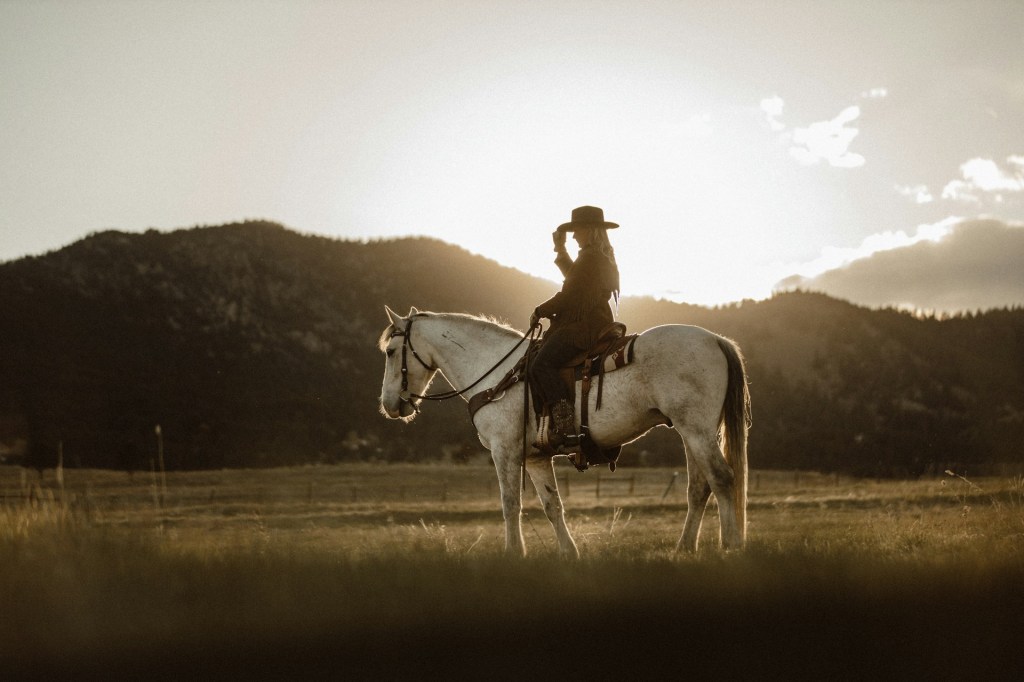
In essence, Texan cinema is a reflection of the state’s spirit—bold, diverse, and unapologetically authentic. It continues to carve out its own niche in the world of filmmaking, capturing the hearts and imaginations of audiences far beyond its borders.
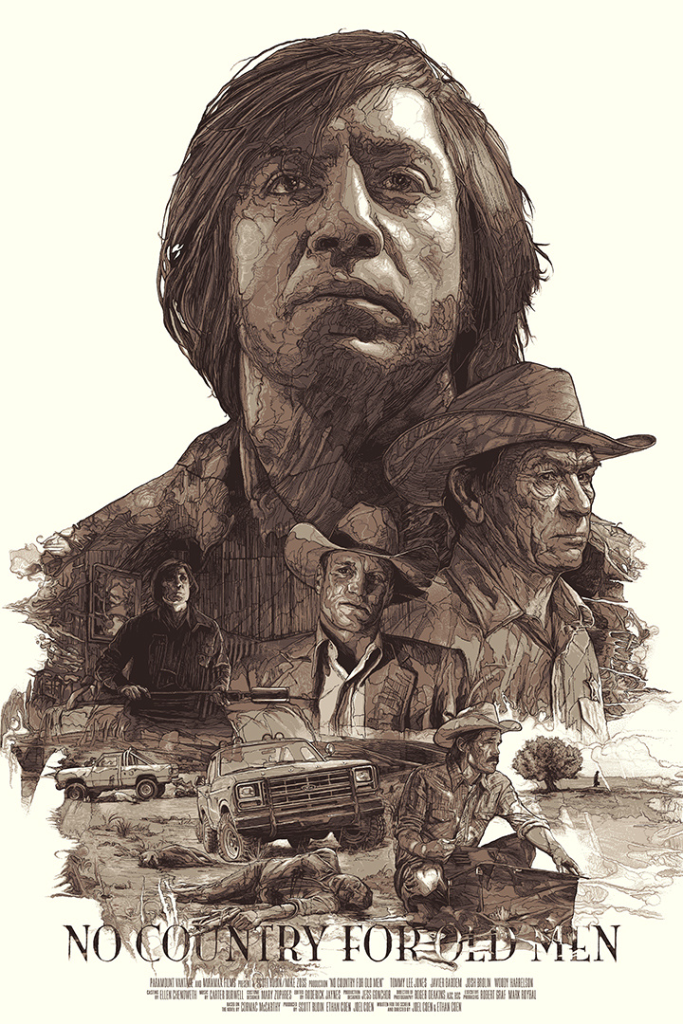
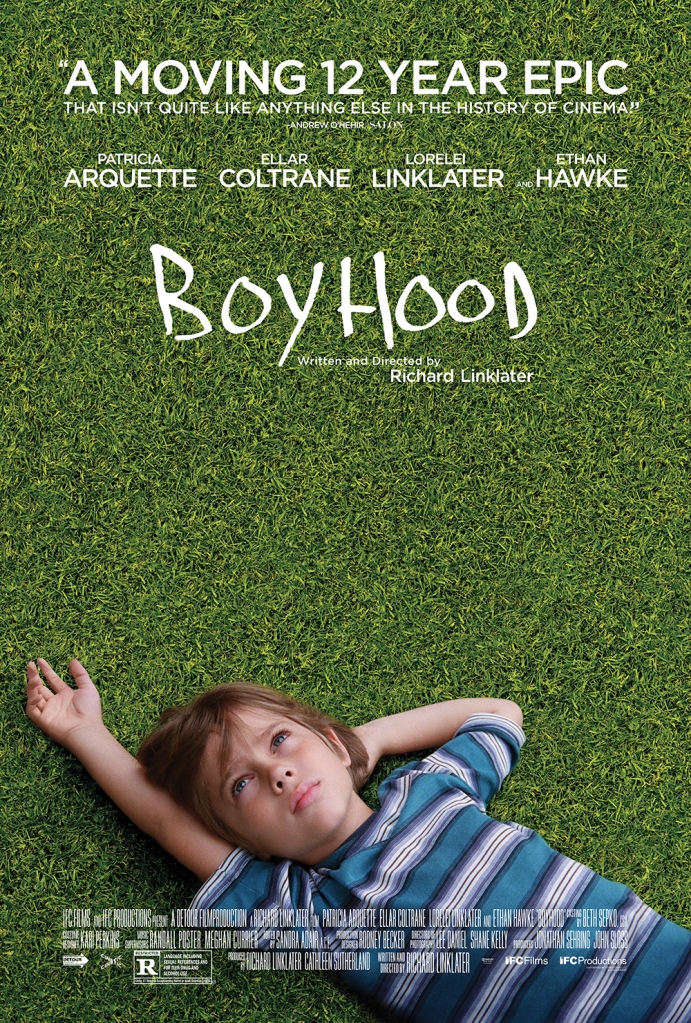
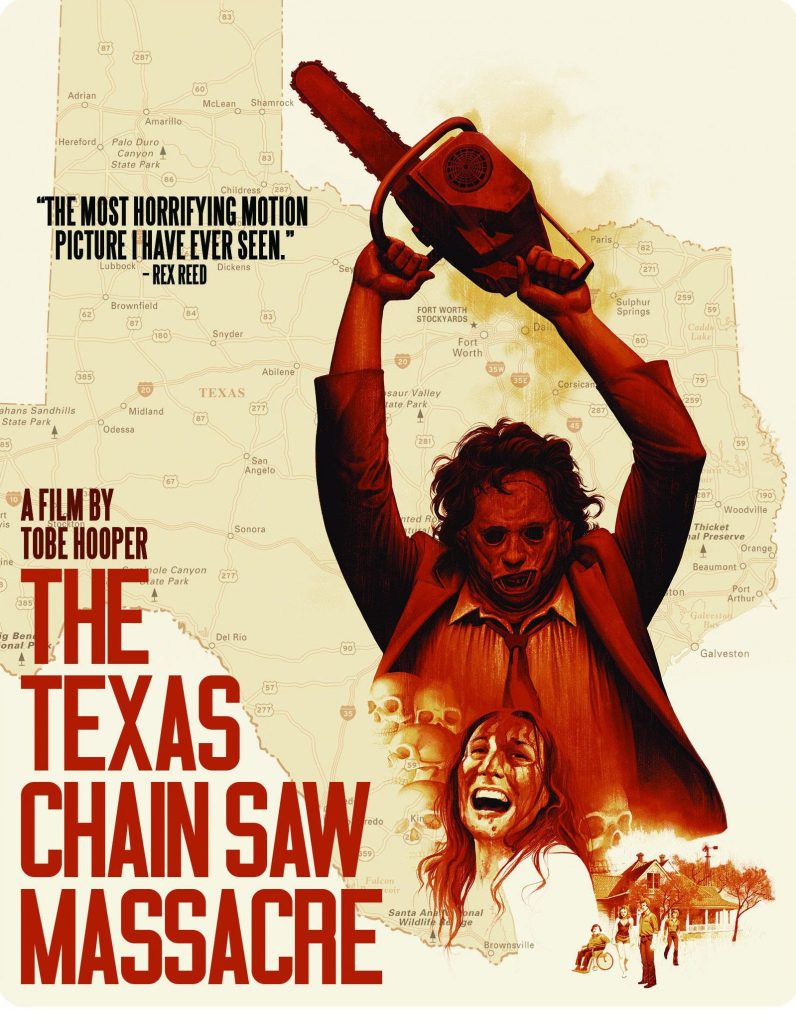
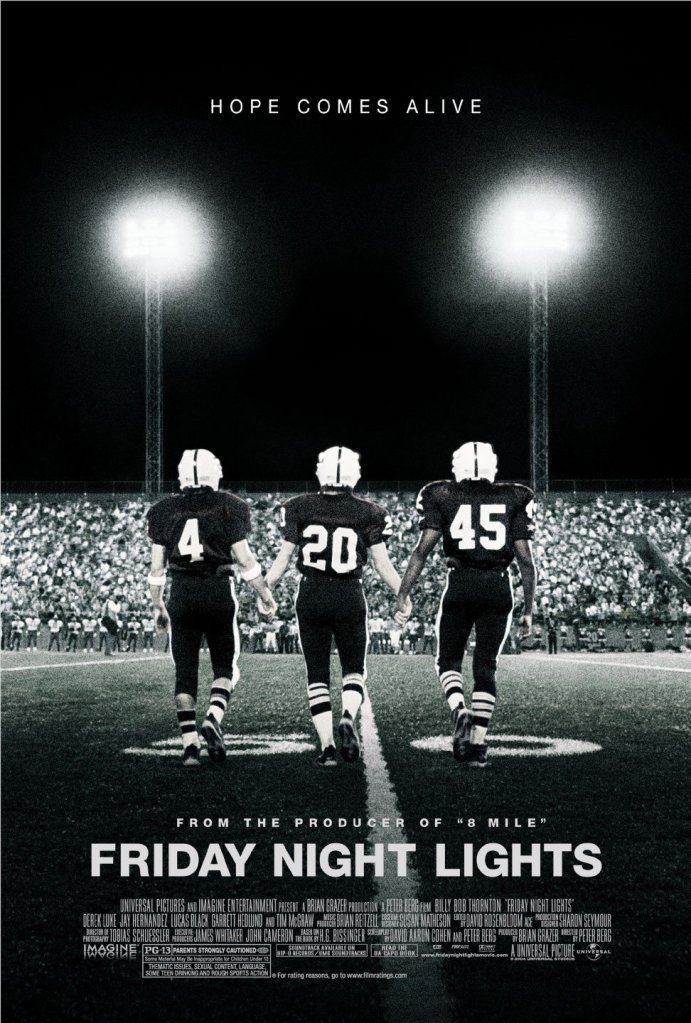
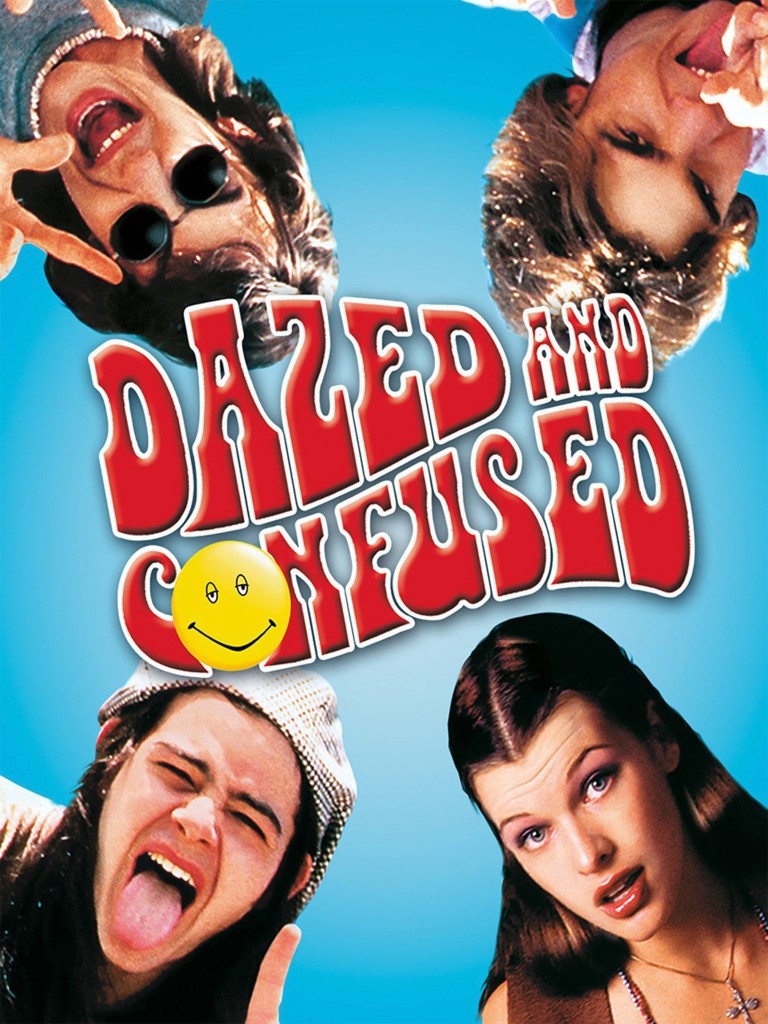
Leave a comment